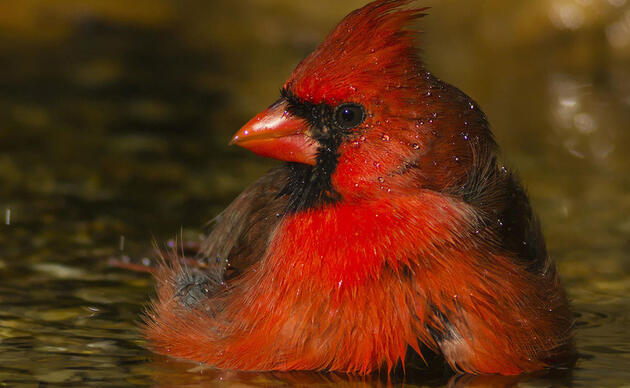Every spring, Least Terns migrate back from their wintering grounds in South America to breed and raise their young on the flat, open beaches along the Florida coast. These threatened seabirds prefer to nest on beaches, but due to increased human disturbance and development, some have resorted to nesting on the gravel rooftops of nearby buildings. These rooftops provide a similar, but artificial, nesting site allowing the Least Terns to make a shallow nest for their eggs in the gravel.
These rooftops have certain advantages that the beaches lack, including protection from four-legged predators and lower amounts of human disturbance. Although Least Tern overall nesting success on rooftops is higher, the chicks do struggle to stay on the rooftop. Chicks can be flushed off the rooftop as a result of disturbance or bad weather. Those that survive the fall can easily dehydrate on the ground, get stepped on, run over, or eaten by predators.
To limit the number of chick casualties as a result of falling off rooftops, some of the nesting sites in the Florida panhandle have opted to install fencing around their roof perimeter.
Last month, the Inn on Destin Harbor and the Emerald Coast Shopping Center allowed Audubon staff and volunteers to install fencing to “chick proof” their rooftops, making them a safer location to nest for the summer of 2016. A special THANK YOU goes out to volunteers JP Roberts and John McKiddy for all of their help.
YOU CAN HELP. Visit:http://givetoaudubonflorida.org/coastalbirdsstewardship.html
By Jonathan Webber
Stay in Touch!
Show your love of birds today. Subscribe to receive email updates about Audubon's conservation work and hear about opportunities to help birds in your area or nationwide.




